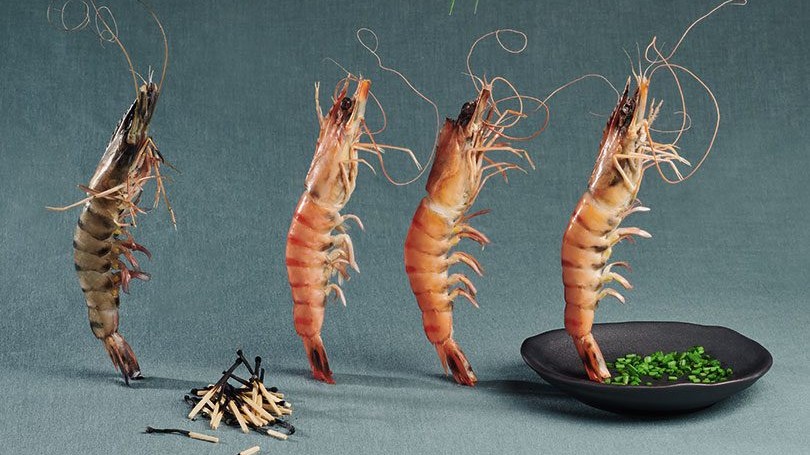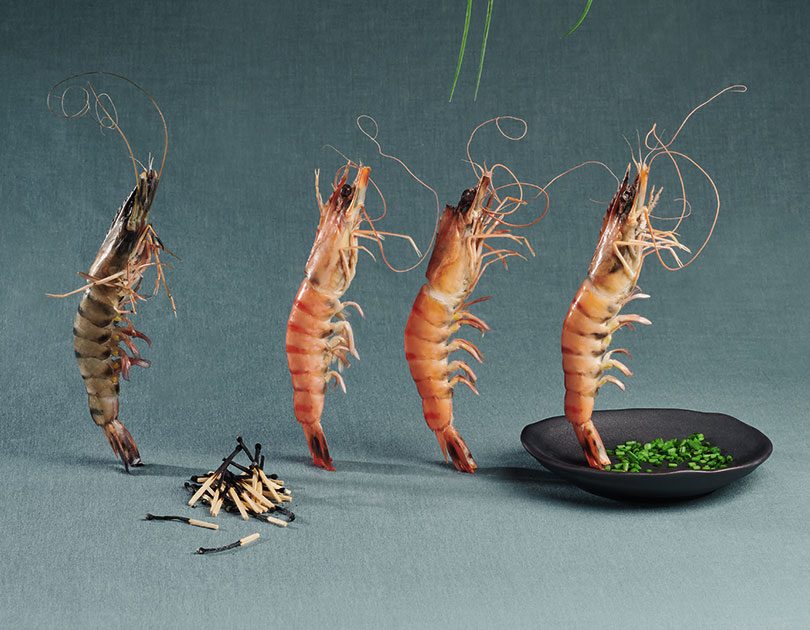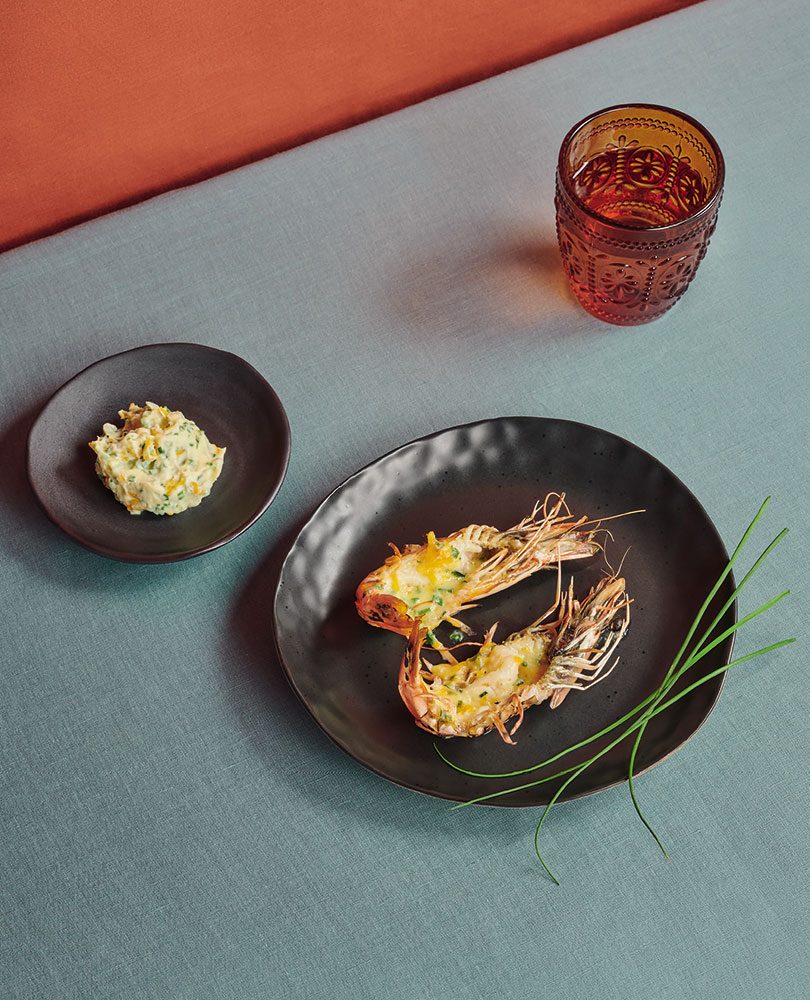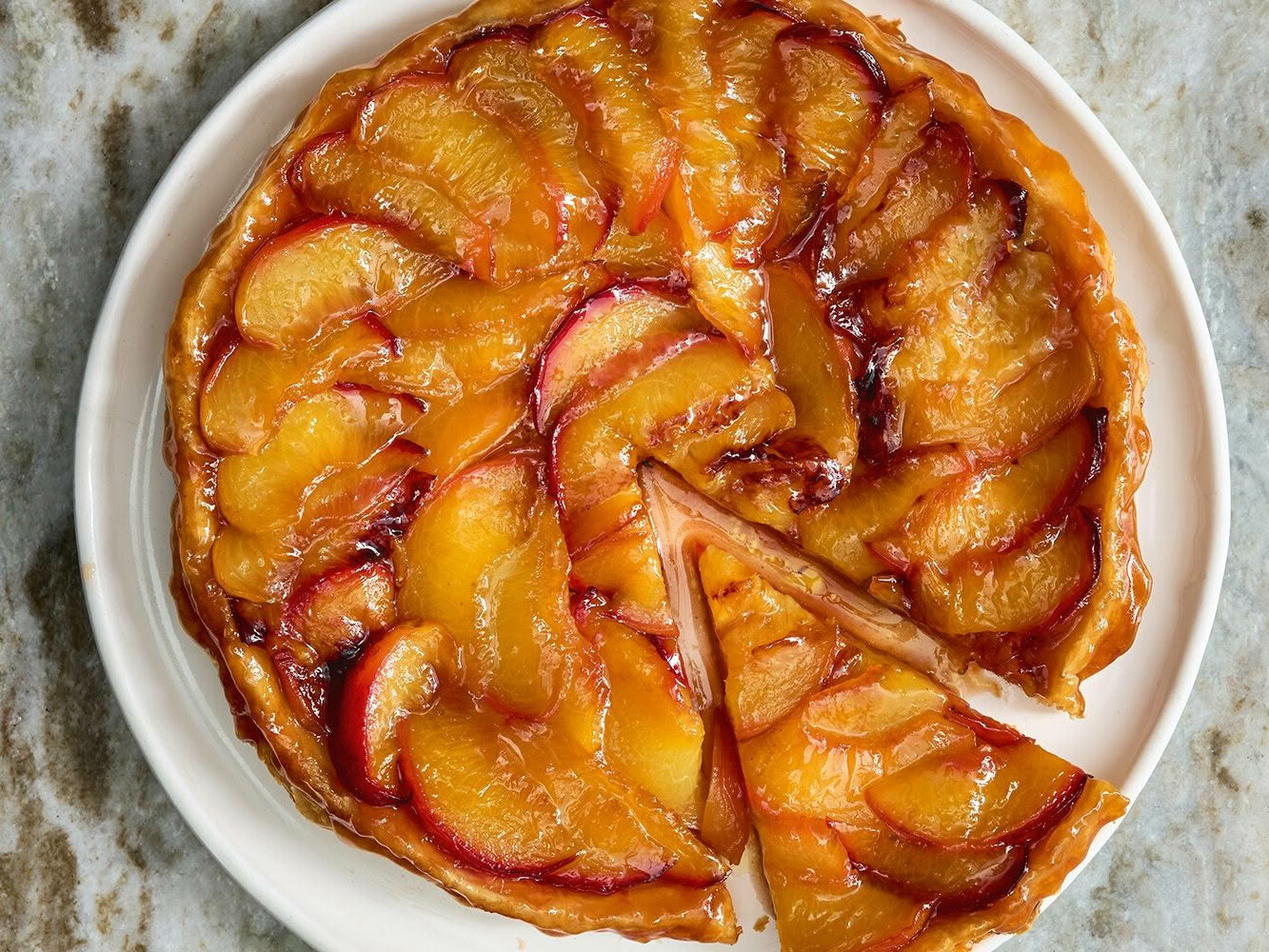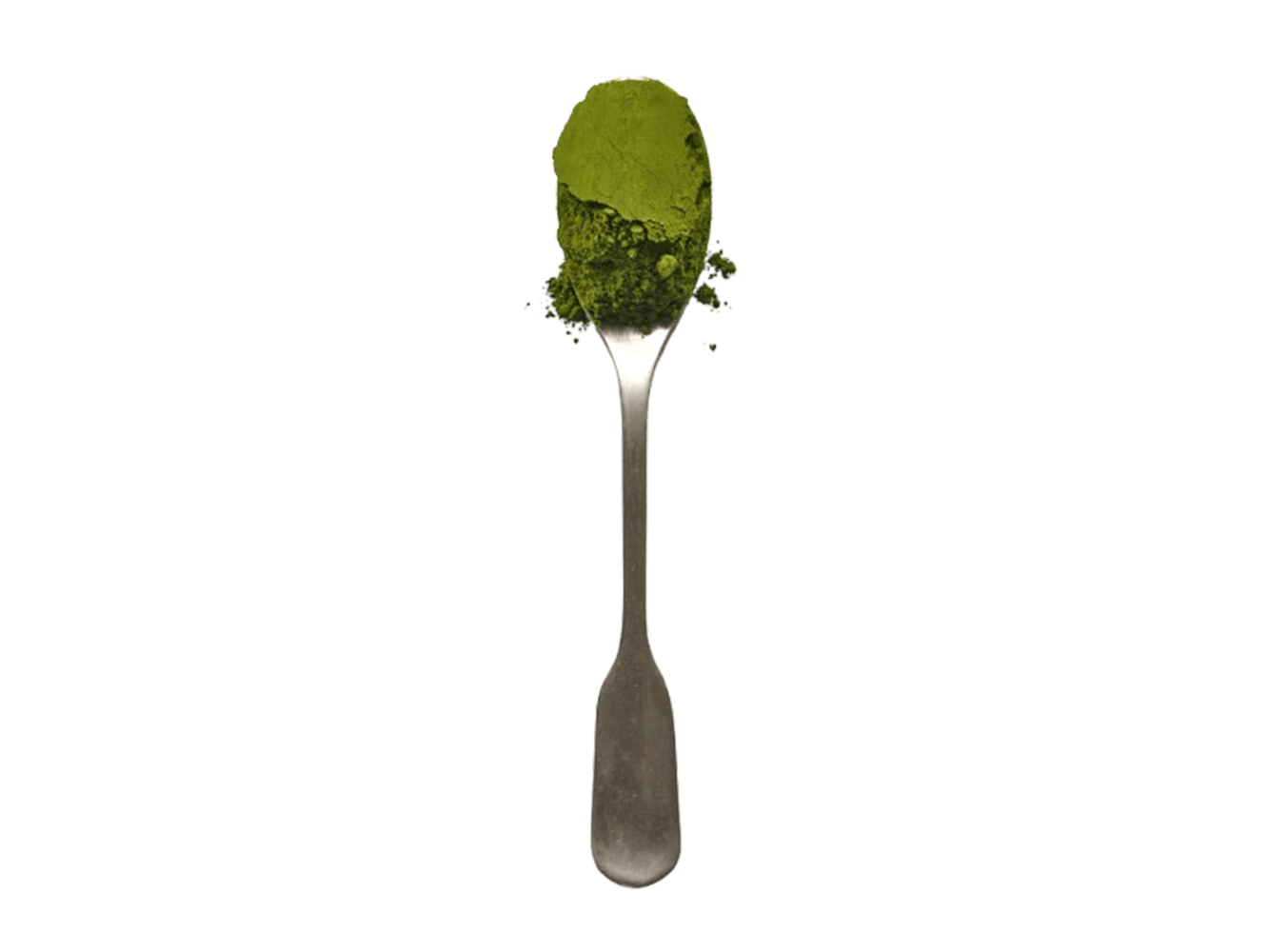In the quest for adventure and masculinity, I once fancied myself as a salty old sea dog, a disciple of Hemingway, a man of the open waters. I even grew a beard and with dreams of conquering the deep I embarked on a brief stint as a deckhand aboard a prawn trawler on the unforgiving embrace of the Coral Sea, North Queensland. Alas, my tenure in this gruelling trade was to be counted in mere days.
The elements showed no mercy, battering us relentlessly and, as the rough waters tossed us about, seasickness became my uninvited companion. A treasure trove of seafood came up from the depths, much of it venomous, and my hands bore the scars of handling, sorting, dipping and grading live prawns with each trawl, or ‘shot’, scrubbing down and preparing the deck for the next lift. It was a relentless cycle of labour with rest a fleeting luxury, snatched only during breaks between shots.
It was a brutal existence, one that left my body exhausted and my hands raw and swollen. I quickly realised that my destiny lay not in wrestling prawns from the sea but in preparing them to eat.
I’ve discovered there is more to prawns than just putting them on the barbecue. The banana prawns, with notes of vanilla and green melon, are great for stir fries or poached for salads. Sweet, salty and buttery king prawns find their glory when steamed or grilled. Succulent tiger prawns, with their musty, savoury flavour, are best for barbecuing in the shell. And then there are the red spot king prawns and endeavour prawns, each with its unique charm. The bounty of Australian prawns is unmatched and they are, arguably, the finest in the world.
Australia boasts one of the safest, most highly managed and environmentally astute fishing industries, with two of its wild-prawn fisheries holding MSC certification for sustainability. Despite the riches of our own waters, we don’t fish for prawns here because our waters are too cold, so we rely on imported products instead.
Our supermarket freezers are filled with a selection of frozen prawns, both raw and cooked; these are predominantly Vannamei or Black Tiger prawns farmed in Vietnam, China and Thailand. Environmentally and socially these leave much to be desired. It is our responsibility to seek out prawns with clear country of origin labelling and support either wild-caught or farmed Australian ones, of which the banana prawn is the most common. Major supermarket chains have policies in place for the ethical sourcing of prawns encompassing food safety, environmental integrity and workers’ rights.
In the grand narrative of culinary evolution, the prawn has undergone a transformation. No longer relegated to special occasions, it has become a staple protein source, gracing easy Sunday-night dinners, stir fries, creamy risottos and pasta dishes with a grating of lemon zest. The prawn cocktail, once a relic of the past, is staging a comeback and I’m here for it.
Sizzling earthenware dishes of garlicky prawns are a mainstay of the shared plates repertoire. Swimming in aromatic oil, they are perfect for warm summer evenings, washed down with a few cold beers, a glass of sherry or chilled white wine. For truly decent garlic prawns, heat some quality olive oil in a frying pan until very hot (one tablespoon of oil for every two prawns), then in go the whole prawns and a generous pinch of sea salt and cook until they blister, begging for mercy. Turn the prawns over and add thinly sliced garlic (one clove per couple of prawns) and a dash of dried chilli flakes. When the garlic has taken on a golden hue, add a splash of white wine and a good handful of chopped parsley. Don’t forget the crusty bread to mop up the juices.
Leaving the shell on any kind of shellfish – whether it be crayfish or prawns that you are about to grill – is the key to success. Not only will it add to the flavour and protect it from direct heat, but there is a small but luscious layer of fat just under the shell that will melt as the flesh cooks. Vigilance is key while they are grilling as they may dry out or, even worse, char too much, leaving behind a bitter taste.
In the world of prawns, as in life, the key to success lies in embracing the elements, respecting tradition and, above all, savouring the journey. Hemingway himself would have nodded in approval at such a hearty seafood tale.

